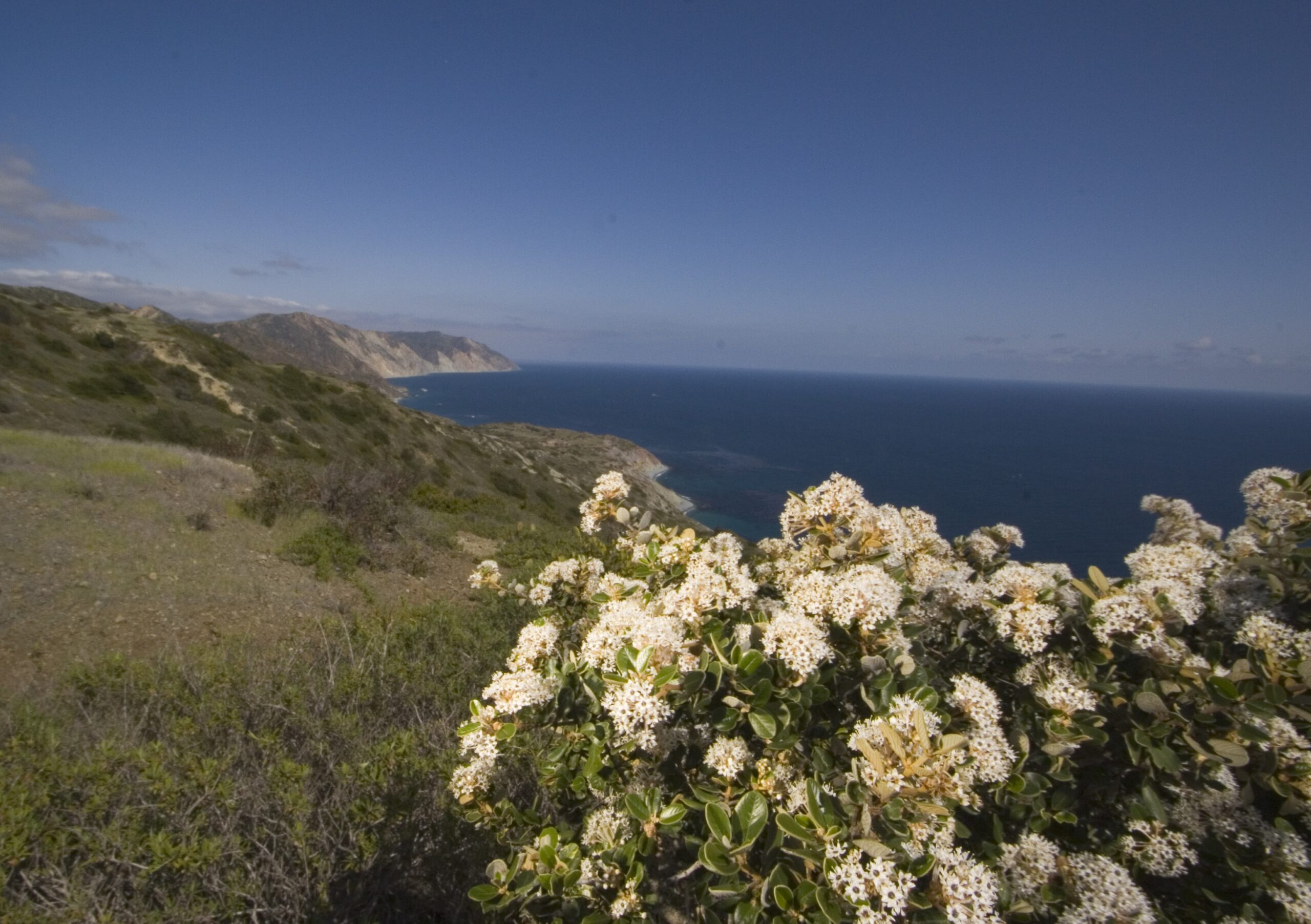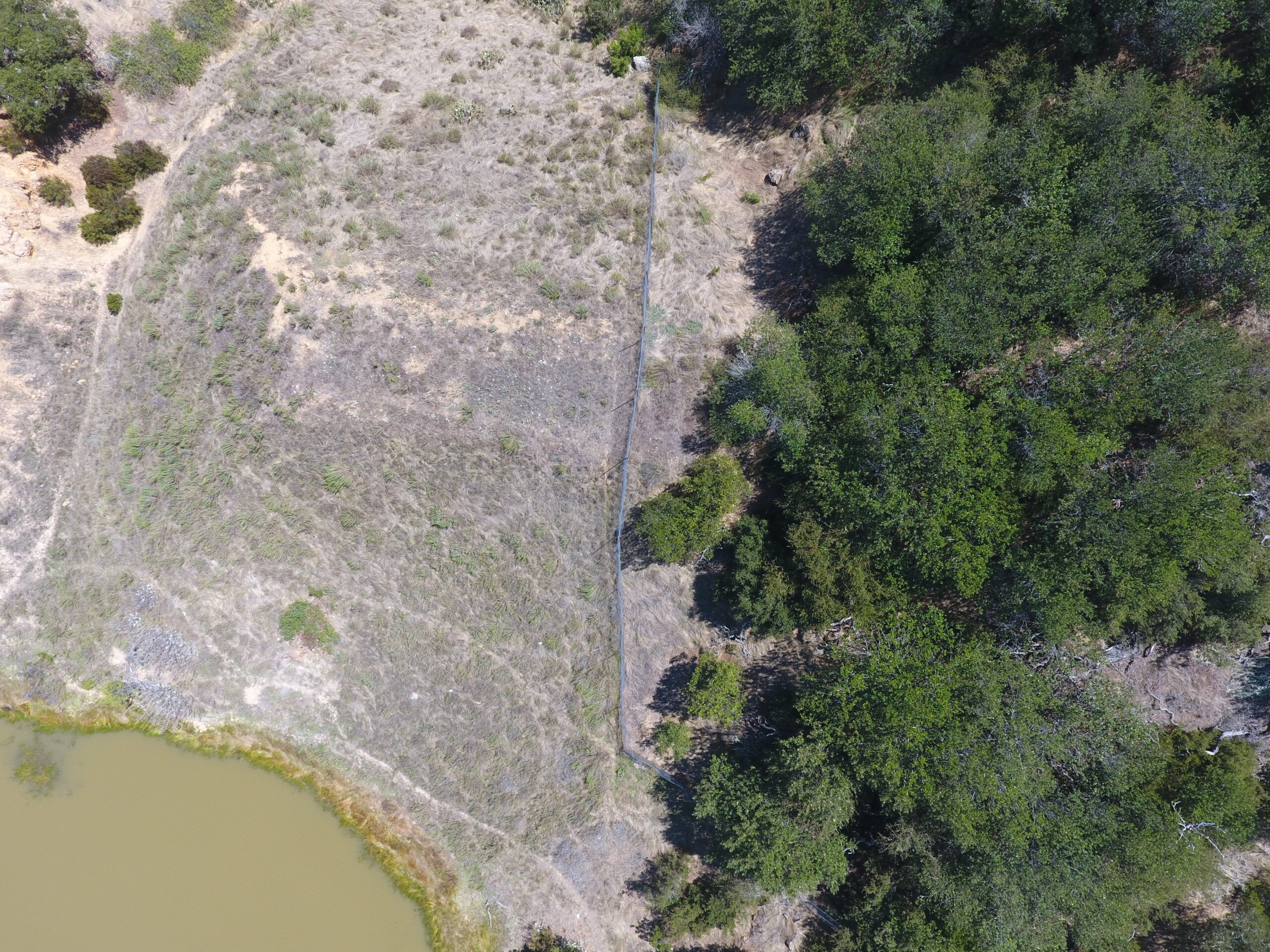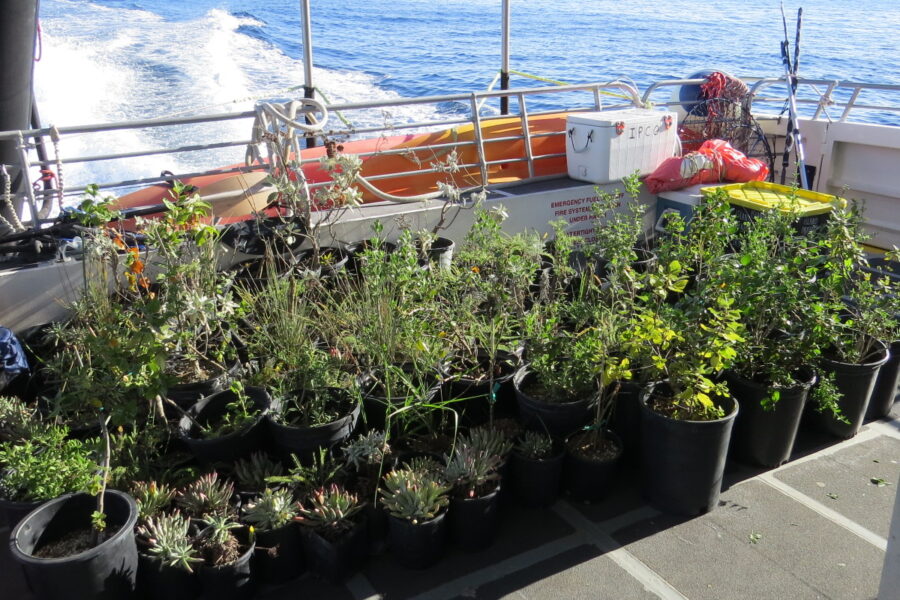Restoring the Ecological Treasure of Catalina
Conservation, NewsCatalina Island Conservancy’s bold Catalina Island Restoration Plan plan will enhance Island biodiversity.

For more than 50 years, Catalina Island Conservancy has made incredible progress in the responsible stewardship of Catalina. However, Catalina’s delicate ecosystem remains continuously threatened by past actions, including the introduction of invasive species. The Conservancy has developed a plan that carries our important work into the future, ensuring that Catalina will remain a sustainable Island for generations to enjoy.
The Catalina Island Restoration Project is a comprehensive and ambitious initiative aimed at continuing to revive and safeguard the natural ecosystem of Catalina Island. With a focus on three key objectives—habitat restoration, plant restoration, and species management—the project seeks to protect the Island’s biodiversity, mitigate erosion, and create a sustainable environment in which wildlife and humans can thrive.

An exclosure, showing Island species unable to grow beyond the exclosure due to invasive mule deer browse.
Habitat Restoration
By implementing strategic measures, this Island Restoration Project aims to combat soil erosion, preserve endangered native species, and foster a healthy ecosystem. With this project, we will be able to more effectively and efficiently proceed with landscape-level restoration efforts that will combat habitat type conversion away from invasive annual grasses, resulting in more habitat for endemic fauna such as the Catalina Island shrew and the Catalina Island fox.
Plant Restoration
To revive the delicate ecological balance on Catalina Island, the Conservancy will establish a seed farm dedicated to growing rare plant species. Dozens of plant species have not been confirmed as being on Island since the 1970s, and many more are in danger of extinction, adding urgency to the situation. Specialized seed mixes from these plants will play a vital role in the restoration process.
Invasive Species Management
Over time, the historic introduction of non-native plant and animal species, such as Genista linifolia (also known as flax leaf broom) and mule deer, has put considerable pressure on the Island’s ecosystem. Consequently, the Restoration Project encompasses the development of a comprehensive plan for managing both deer and invasive plant species. The objective of this plan is to alleviate the detrimental impact of these species on native plants and animals and restore ecological balance.
“The Catalina Island Restoration Project will build resilience into Catalina’s ecological communities,” said Conservancy Sr. Director of Conservation Lauren Dennhardt. “The project serves as a beacon of hope for the preservation and restoration of our natural heritage.”
Throughout the plan’s development, Catalina Island Conservancy has worked with renowned restoration experts along with government and local agencies and stakeholders. These dedicated efforts will allow Catalina Island to thrive as a precious ecological treasure far into the future.
To learn more about the Catalina Island Restoration Project, visit the Catalina Island Restoration Project website.


